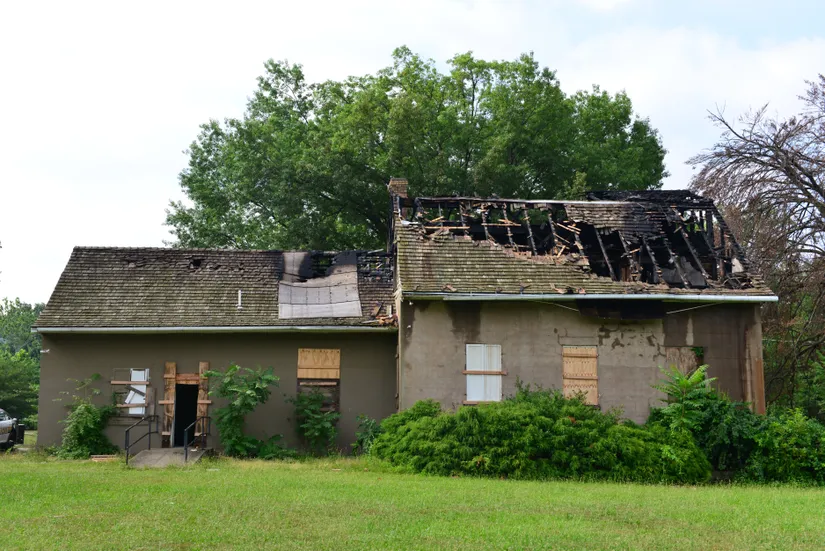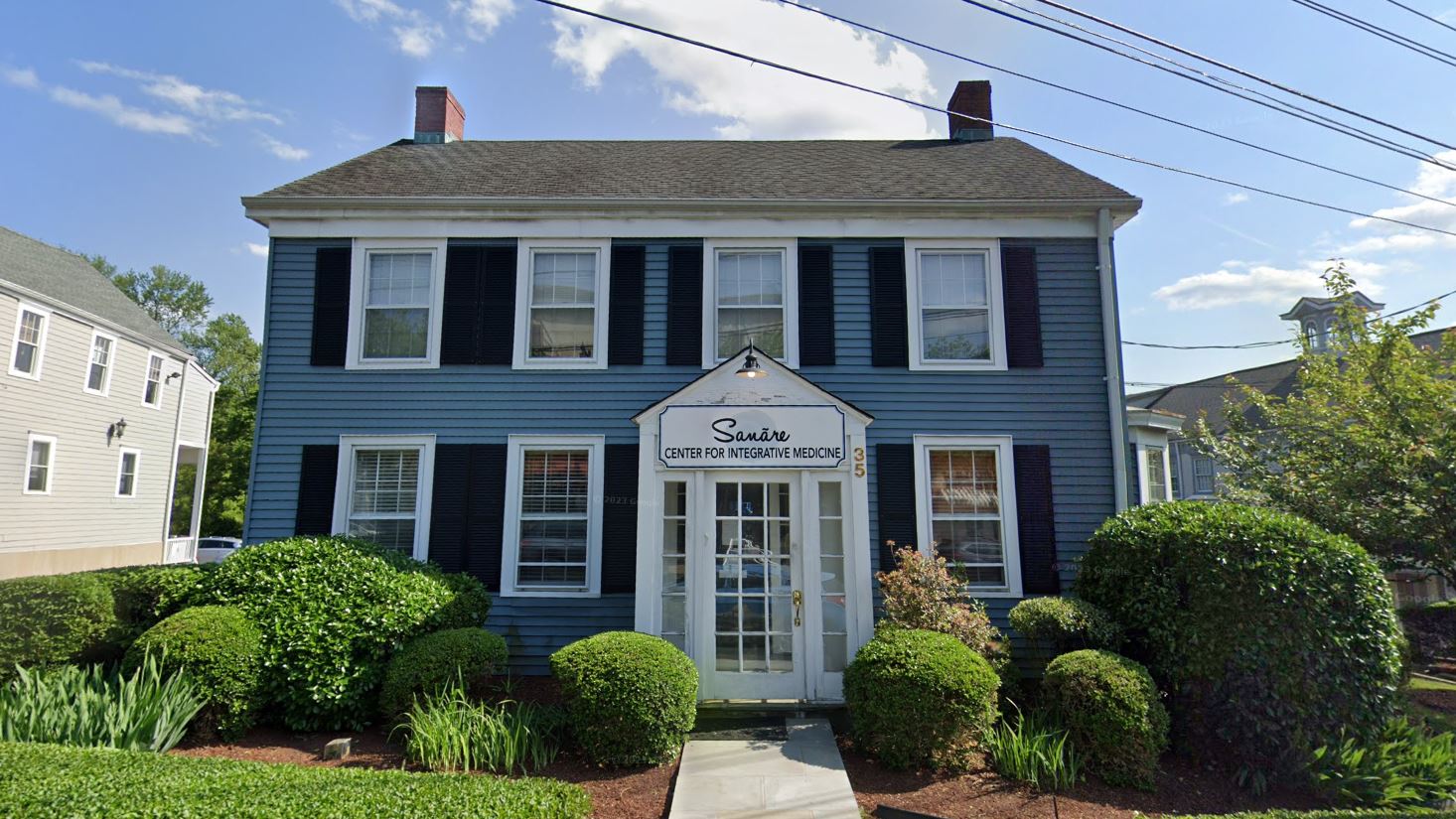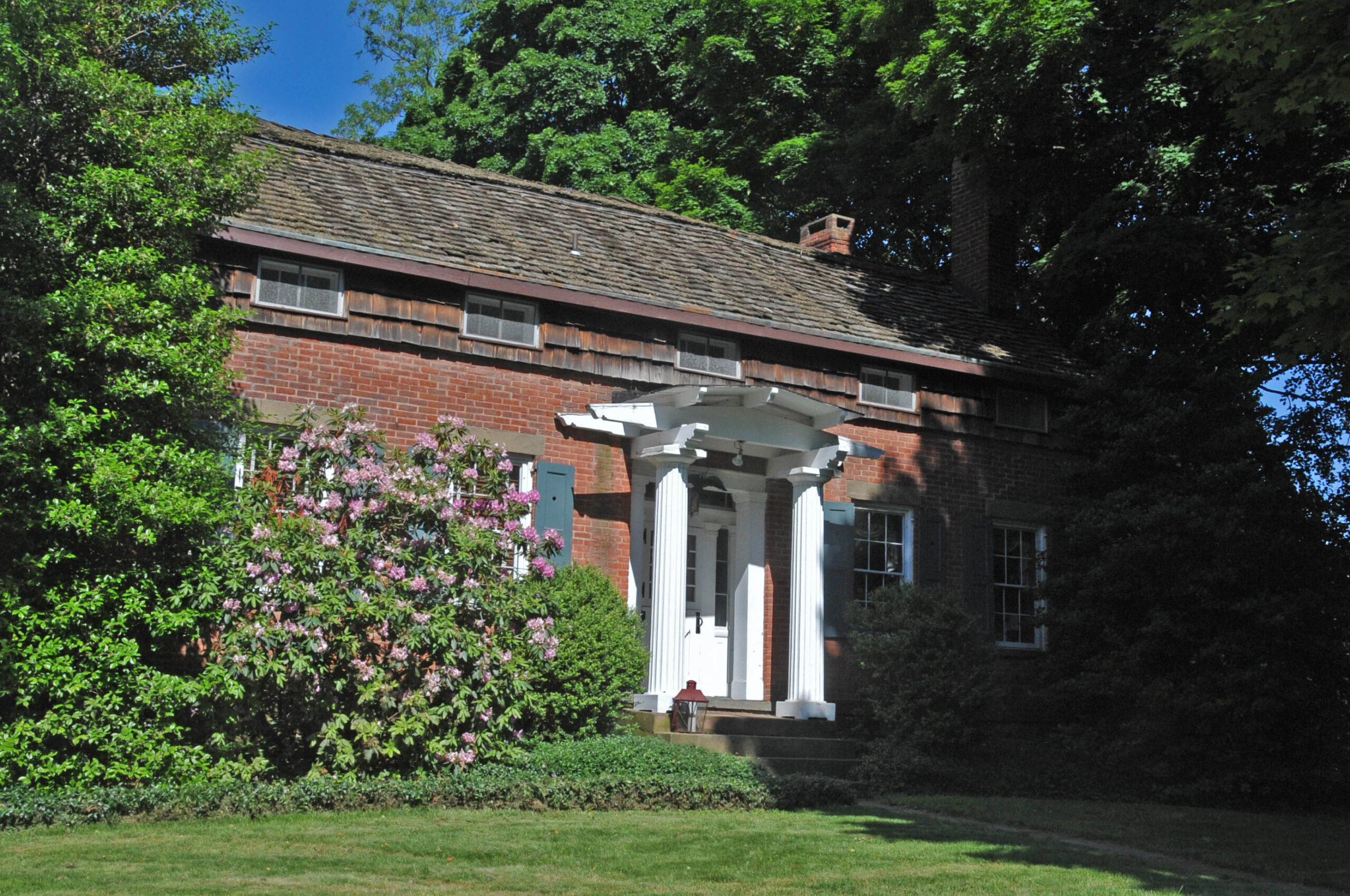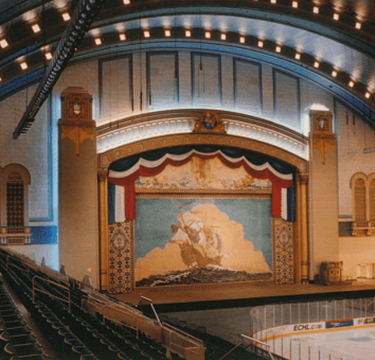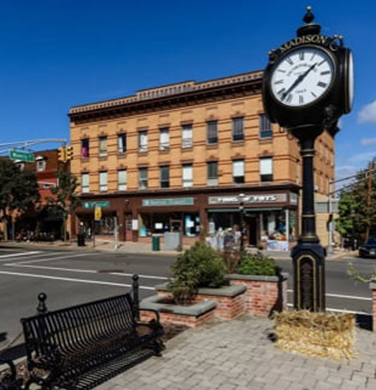The Van Houten House, located within Paterson’s 26.6-acre Westside Park along the Passaic River, is a historically significant city-owned property dating back to the early 18th century. Originally part of a working farm acquired by the Society for the Establishment of Useful Manufactures (S.U.M.) from the Dutch-American Van Houten family, the house includes two distinct sections: a 1741 east wing, a modest one-story stone structure typical of Dutch-American colonial homes, and a larger 1831 west wing, built after a fire, featuring Greek Revival influences under a gambrel roof.
Once preserved as part of the park’s historic landscape, the Van Houten House has suffered serious neglect since its closure to the public in 2011. Its chimney collapsed in 2018 and a fire followed in 2019, yet the city has taken no action to stabilize or protect it. Officials have even considered demolition, putting one of Paterson’s oldest remaining homes—and a rare example of early Dutch-American architecture—at serious risk of being lost.
Related Posts
-
10 Most 2025: Boylan House – Bernardsville (Somerset County)The Boylan House is the second-oldest building in downtown Bernardsville, surpassed only by the historic Vealtown Tavern. The Boylan House reflects the town’s Revolutionary War heritage and its connection to one of its founding families. Dr. James Boylan, born in 1743 to Scotch-Irish immigrants, became a respected physician and landowner in Somerset County. He served…
-
10 Most 2025: Cornelius Doremus House – Montville (Morris County)The Cornelius Doremus House holds significant historical value as one of Montville’s earliest designated historic sites and part of a group of Dutch stone houses added to the New Jersey State Register of Historic Places in 1991, and to the National Register in 1992. Though named after Cornelius Doremus, its more notable legacy comes from…
-
10 Most 2025: The Universal Building – Jersey City (Hudson County)The Universal Building, located at 50 Journal Square in Jersey City, is a significant architectural and cultural landmark now at risk of demolition. Built between 1925–1926 by Henry W. Runyon’s Universal Securities Corporation, it is an early example of a flatiron-style skyscraper, standing eight slender stories high on a triangular lot. Designed by the renowned…
